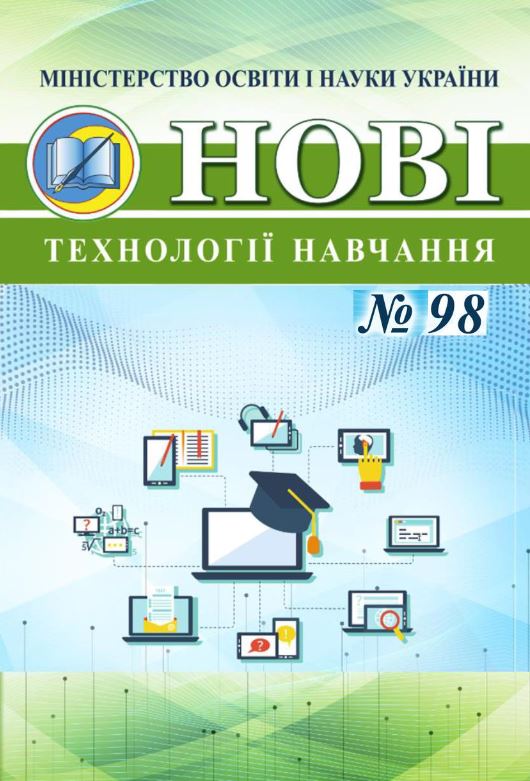Recreational activity as an effective tool to improve teachers’ health and restore their inner resources in the face of modern challenges
DOI:
https://doi.org/10.52256/2710-3560.98.2024.98.16Keywords:
recreational activity, leisure, teachers, subjective wellbeing, motivators, recreational resourceAbstract
The article describes the potential of leisure activities as one of the effective means to enhance teachers’ sustainable wellbeing and improve their health in the face of modern challenges. It shows the relevance of progressive leisure engagement. It emphasizes a positive relationship between health, subjective wellbeing and engaging in active leisure. The article analyzes the multidimensional structure of leisure engagement, including behavioral, affective and cognitive aspects. A number of common leisure benefits is outlined, including a source of relaxation, a way to relieve stress, a tool to maintain good health, a source of excitement and energy as well as self-esteem and skills development. It also singles out the components of professional readiness to use recreational potential of leisure, such as motivational-value, cognitive-intellectual, activity-creative, and analytical-reflective elements. It highlights the fact that intrinsic motivation is the key reason teachers usually engage in recreational activities. The article singles out motivators, which contribute to leisure engagement. These are physical motivating factors (control of physiological indicators, improving general health and preserving cardiovascular health), social (being with others, reducing loneliness and social norms), psychological (sense of adventure, excitement, challenge; stress management; relaxation and escape; healthy balance of work and play or time-management) and emotional motivators (happiness and well-being; intellectual outcomes; spiritual values and outcomes). The concept of «recreational resource» is defined. The article points out the idea that the effective use of recreational resources promotes recreational value of leisure. It is noted that recreational activities are divided into intellectual leisure (visiting museums, libraries, theaters, concert halls, clubs, etc.) and physical leisure that helps to relieve physical fatigue and restore physical resources of the body (sports, gymnastics, dancing, «green leisure»: hiking in urban green areas, cycling, gardening, farming, etc.).
Downloads
Published
How to Cite
Issue
Section
License
Copyright (c) 2024 Лілія Кучинська

This work is licensed under a Creative Commons Attribution-NonCommercial-ShareAlike 4.0 International License.
Із зазначенням авторства - Некомерційна - Розповсюдження на тих самих умовах 4.0 (CC Attribution-NonCommercial-ShareAlike 4.0)









